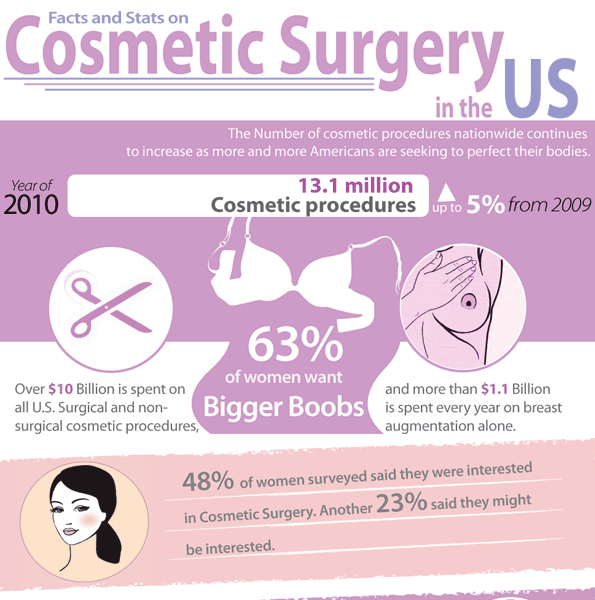Acne outbreaks in the cheek area are triggered by several things, from touching your face frequently to not transforming your pillowcase frequently sufficient. Picking at acnes increases your threat of infection and scarring, and specific drugs can get worse dark areas (postinflammatory hyperpigmentation).
Fortunately, there are many ways to prevent and treat cheek acne. These include:
1. Hormonal Changes
Acne is largely caused by hormones, specifically those generated throughout the age of puberty and maternity. For some, a family history of acne might additionally add to their problem. Anything that blocks pores, such as oil-based skin care products or waxy hair products, can trigger acne. Various topical therapies, like benzoyl peroxide and salicylic acid, can deal with microorganisms and unclog pores. Those with serious or chronic acne ought to seek treatment from their doctor.
Stay clear of touching or pressing your acne, as this can press a few of the germs deeper into the skin, leading to a more extreme outbreak. It is additionally crucial to alter pillowcases routinely and use clean make-up brushes. You need to additionally attempt to prevent irritants such as friction from putting on a headgear or limited collar.
2. Diet plan
The greasy, sweet foods that many individuals assume trigger acne may actually not do so. Actually, researches have actually shown that eating a diet regimen abundant in whole, nutrient-dense foods helps to prevent outbreaks.
Foods high in the glycemic index (such as white bread, corn flakes, puffed rice and potatoes, doughnuts and other breads) elevate blood glucose levels quickly, and this can raise hormonal agents that increase oil production and bring about acne.
Consuming cow's milk has also been connected to boosted acne breakouts. If you are a normal cow's milk enthusiast, you might intend to attempt switching to low-fat or nondairy choices that are strengthened with calcium. Additionally, drinking even more water can assist to reduce acne due to the fact that it assists to keep the skin hydrated.
3. Excess Oil
While oil is crucial for healthy and balanced skin, it can become a trouble when way too much sebum combines with dead skin cells and obstructs pores. This combination can produce blackheads, whiteheads and acnes. The blocked pore wall can break down and spill microorganisms, dead skin cells and sebum right into surrounding skin. This causes a red bump referred to as a pimple. Occasionally these red bumps have pus in the center from a bacterial infection. Bigger infected bumps that resemble acne are called cysts.
There are numerous things that can create excess sebum and blocked pores, consisting of hormonal agent fluctuations, diet regimen and everyday habits. Some instances include touching the face regularly, resting your hand on your cheek, making use of dirty make-up brushes and not altering pillowcases on a regular basis.
4. Tension
If you're managing pain pimples or a multitude of blackheads and whiteheads, it may be time to talk to a skin doctor. They can recommend a reliable treatment that matches your skin type. Exercising relaxation and stress-reduction techniques likewise helps.
Acne can happen in the cheeks because of rubbing and pressure, such as when an individual touches their face often or puts on a hat or how much is botox sports helmet that massages against the skin. It can additionally appear where oily cosmetics and lotions massage against the skin.
Prevent squeezing acne, as this can push contaminated material deeper right into the skin and lead to scarring. Rather, see a physician to learn more about preventative therapies like medication, skin treatment products and way of life changes. Eating a healthy and balanced diet of entire foods, getting 7 to nine hours of rest and using noncomedogenic makeup and skin care products can all help in reducing acne outbreaks.
5. Hair Products
Hair products are not commonly thought of as a source of breakouts, however they can add to acne on the cheeks in some people. Pomade acne, which is defined by small shut comedones and papulopustules, is commonly triggered by making use of oily hair products that contain comedogenic active ingredients such as certain oils and acetylated lanolin.
Picking hair products that do not have these potentially comedogenic active ingredients is an important step towards reducing outbreaks. Likewise, making sure that hair products aren't being available in contact with the skin can aid prevent breakouts. As an example, putting on a scarf or hood during the night can limit hair-to-face get in touch with and lower the likelihood that leave-in hair items will certainly abrade onto the face.
In addition to utilizing a non-comedogenic cream and cleaning with an acne face wash, various other handy strategies include:
